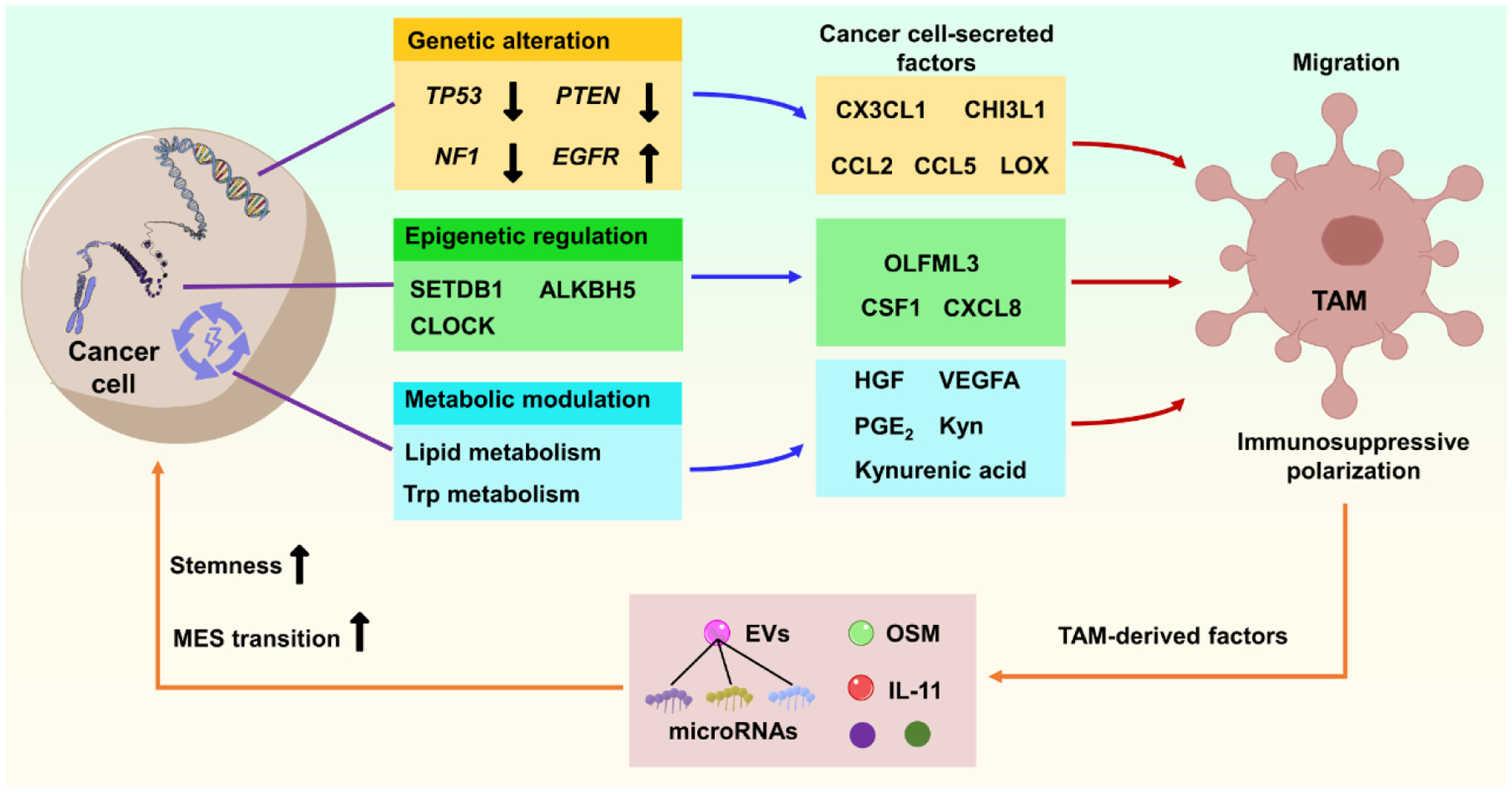Figure 1. Molecular mechanisms underlying the cancer cell-TAM crosstalk in GBM.

Genetic alteration (e.g., mutation/deletion of PTEN, TP53, NF1, and amplification/mutation of EGFR), epigenetic regulation (e.g., regulation of epigenetic factors SETDB1, ALKBH5, and CLOCK) and metabolic regulation (e.g., regulation of lipid and Trp metabolism) in cancer cells would trigger the expression and secretion of various cytokines and other factors (as indicated) that promote TAM infiltration and immunosuppressive polarization. Reciprocally, GBM-educated TAMs convert cancer cells toward a more aggressive state (e.g., inducing MES transition and increasing stemness) via secretion of distinct factors (e.g., OSM and IL-11) and EVs, thus promoting tumor progression. Abbreviations: ALKBH5, alkB homologue 5; CCL2/5, C-C motif chemokine ligand 2/5; CHI3L1, chitinase-3-like 1; CLOCK, circadian locomoter output cycles protein kaput; CSF1, macrophage-colony stimulating factor; CX3CL1, C-X3-C motif chemokine ligand 1; CXCL8, C-X-C motif chemokine ligand 8; EGFR, epidermal growth factor receptor; EVs, extracellular vesicles; GBM, glioblastoma; HGF, hepatocyte growth factor; IL-11, interleukin 11; Kyn, kynurenine; LOX, lysyl oxidase; MES, mesenchymal; NF1, neurofibromin 1; OLFML3, olfactomedin-like 3; OSM, oncostatin M; PGE2, prostaglandin E2; PTEN, phosphatase and tensin homolog; SETDB1, SET domain bifurcated histone lysine methyltransferase 1; TAM, tumor-associated macrophage and microglia; Trp, tryptophan; VEGFA, vascular endothelial growth factor A.
